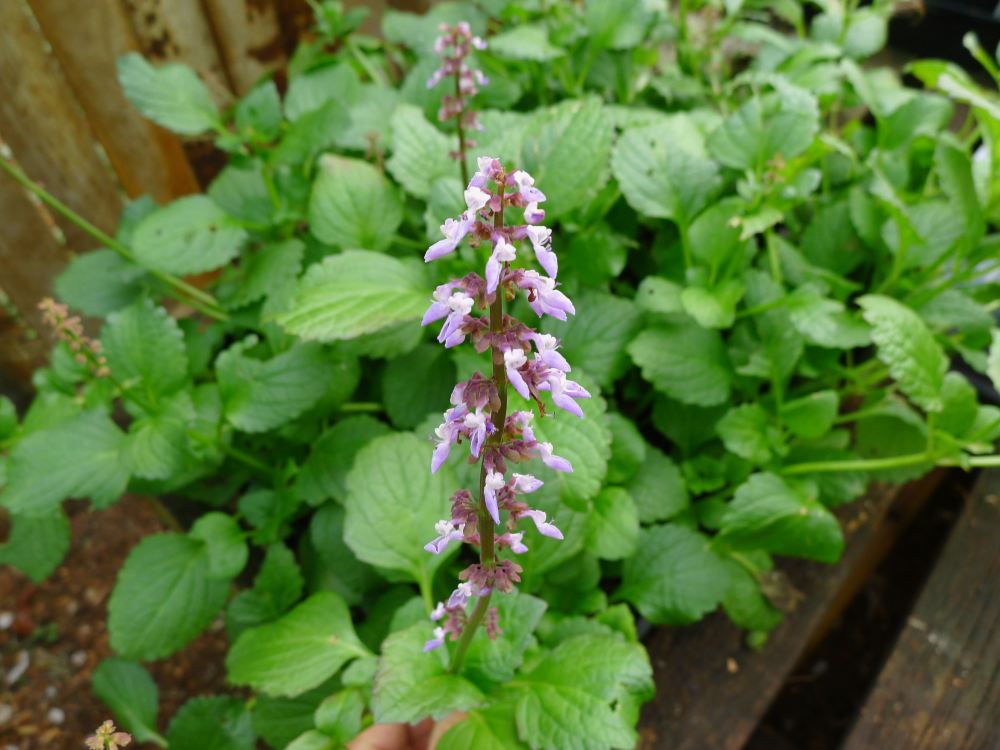
Chinese potato (Plectranthus rotundifolius) has so many common names there’s just one meaningful conclusion: it’s a productive plant valued by many cultures.
Cultivated in tropical and subtropical Africa and Asia, this perennial relative of coleus produces clusters of edible tubers about the size of a peanut and which have a nutty flavour. Sometimes referred to as a ‘lost crop of Africa’, Chinese potato can be easily grown in soil or containers, it’s cute and it’s definitely one warm climate heritage root crop you experiment with in a balcony garden.
Chinese potato (Plectranthus rotundifolius) is as warm climate crop is adapted to the monsoon. Plants wither and become dormant and die down during the cool season. A soaking spring storm brings the tubers back into growth and this is when taking cuttings from fresh growth provides stock for the next crop.
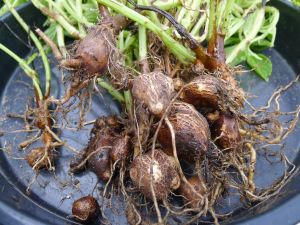
Provide the basics: well dug, freely draining, compost rich soil that isn’t too acidic or alkaline: pH 6.5 to 7 is ideal. Use a pH test kit, sold at garden centres, for guidance.
Chinese potato requires regular moisture during the summer growing season and especially when their tubers are fattening during autumn. Harvest in early winter – you can check if the tubers are ready.
I have had success growing plants conventionally in soil, but since Brisbane rarely gets anything approaching a monsoon (four wet summers out of seventeen, so far) they must be watered daily. Trickle irrigation would work well. I feed plants every three weeks in summer and autumn using half a handful of poultry manure (a complete organic fertiliser) per square metre.
Even better results have come from plants growing in containers by two methods. A self-watering pot guarantees even moisture and fatter tubers. Planting three cuttings in a 200mm plastic pot in spring and standing them in a plastic tray and watering them at the base is the second method. Adding a depth of 10mm of water each day when the forecast is around 30C will generally see the plant through one or perhaps two days, depending on conditions. Allowing the water to briefly dry up before adding more kills any mosquito larvae.
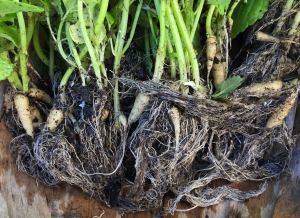
They say life imitates art, and I didn’t realise how soon after recording a television story on methods of sharing plants that I would be posting a batch of Chinese potato to Bundaberg.
I wrapped each plant in newspaper. Never wet newspaper because the plant will ‘sweat’ (transpire) and release enough water to stay hydrated during transport. Adding extra water now increases the risk of fungal decay and so too will just putting them into a plastic bag. Instead, place the newspaper-wrapped plants into a zip-loc plastic bag and then seal. The plastic seals in humidity but the newspaper blots up water, acting as a buffer against rot.
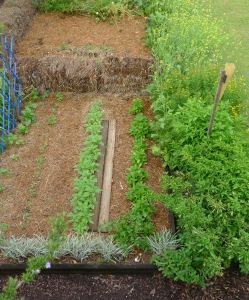
Hopefully, by posting on a Monday a package will arrive before the weekend. Refresh plants by soaking them for an hour in dilute seaweed solution, this also helps reduce transplant shock. Then plant, lightly mulch the soil with a 1cm deep layer of chopped sugarcane and, since the plants have been starved of sunlight in the mail, protect them from intense sun for one week. I use old net curtains or shadecloth for shade.
When sharing plants, please remember:
* Never attempt to import plant material, including seed, from overseas;
* Ensure the plant you’re sending is not an environmental weed in its intended destination;
* Always check the Australian Interstate Quarantine Website. WA and Tasmania in particular have very strict bans in place.
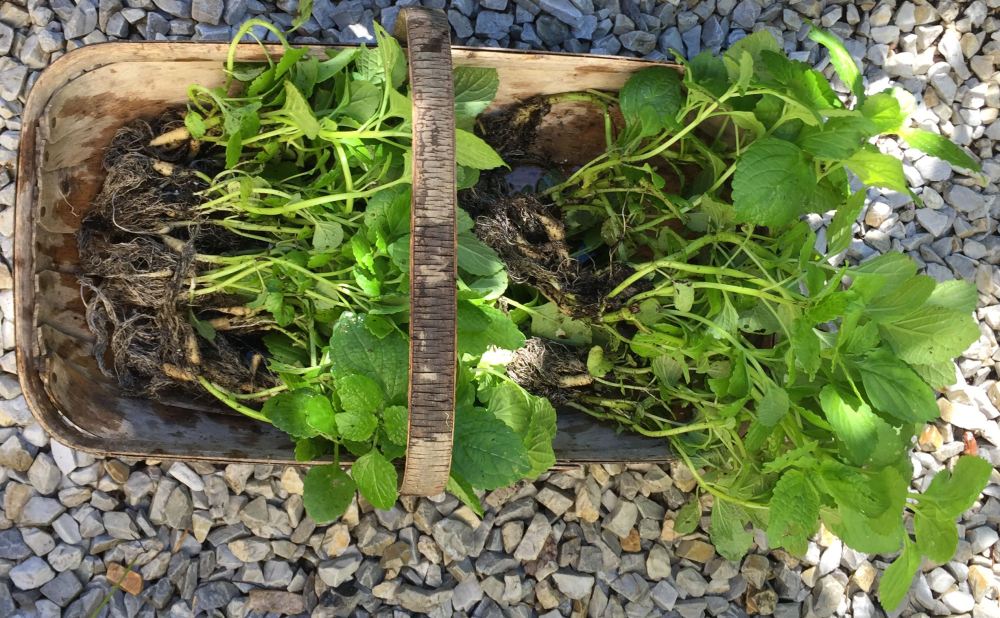
Jerry Coleby-Williams
Director, Seed Saver’s Network
21st April 2020